WHAT IS TRENCHLESS CONSTRUCTION?
In Northern America, we are fortunate to live in a modern era where heat, plumbing, electricity and internet are services we take for granted. We simply program a thermostat, turn a faucet, flick a switch or join a wireless network: without even giving it a second thought.
But did you ever wonder how these vital utilities get to our homes and businesses? Trenchless construction plays an important role in the process.
We’d like to show you how.
TYPES OF TRENCHLESS CONSTRUCTION
HORIZONTAL DIRECTIONAL DRILLING (HDD)
Pipes, conduits and cables are installed using a guided, surface-based drilling rig that creates a pathway underground. The rig then pulls the line through the resulting hole. HDD is suited to longer crossings and can be used to install both large and small diameter product lines. It is not feasible with all geological formations.

TUNNELING (AUGERING AND BORING)
Tunneling is always done in a straight line, and lends itself to crossings of shorter distances. It can be used to create tunnels of very large diameter (think train or pedestrian tunnels). Tunneling can be completed in a wide variety of geological formations. There are several common tunneling methods. A number of factors will determine which is best suited to a particular project.

DIRECT PIPE
Direct Pipe® provides a one pass installation solution with a high degree of steering accuracy. This method combines the advantages of microtunneling and HDD technology to install prefabricated pipelines and excavate the required borehole in one pass.

WHY TRENCHLESS CONSTRUCTION?
With the help of trenchless construction, underground pipelines and conduits are installed to provide access to vital utilities in our homes that facilitate modern day life. Let’s take a look at how trenchless construction benefits our life at home.

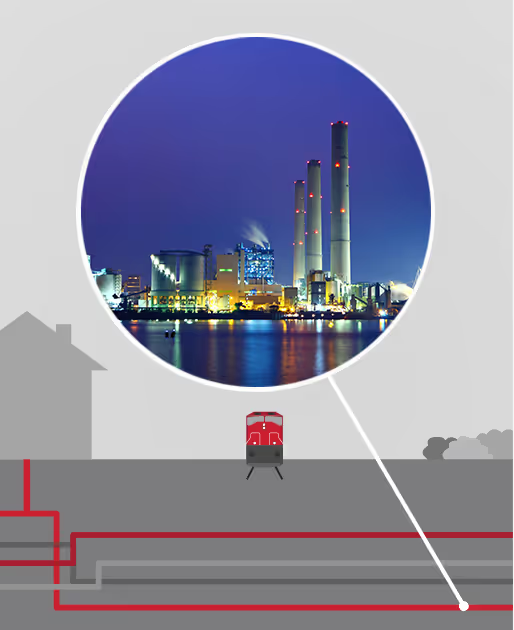
ELECTRICITY
Electricity is delivered to our homes through a vast and complex network of underground cables. Thanks to trenchless construction, these cables can be installed in an ecologically efficient and affordable way that causes minimal disruption. As a result of this, it’s possible to install electricity cabling practically anywhere – even in complex urban cities.
Fun Fact 1: Demanding roughly one-third of the total electricity supply, Canada’s residential sector is the second largest user of the country’s electric energy. (The industrial sector is the largest user, using just under half of Canada’s electric energy.)
Fun Fact 2: The average US household consumes roughly 11,000 kWh of electricity – about 917 kWh per month.

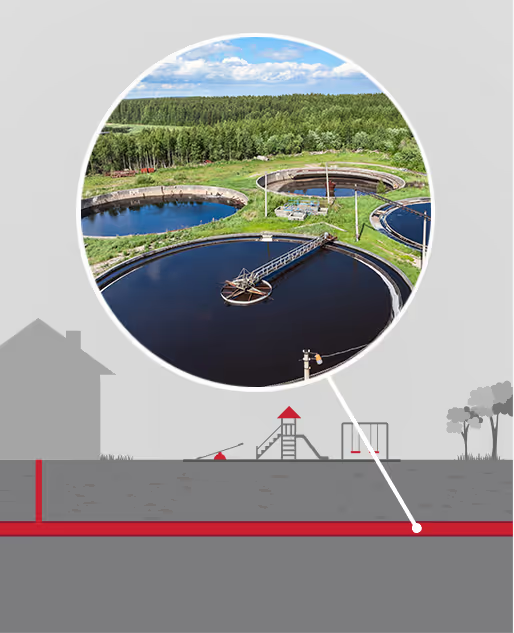
WATER
Water lines and mains, installed with trenchless construction, transport clean drinking water to homes and connect to the community’s primary water source.
Fun Fact 1: Canadian households have the highest demand of the country’s water supply.
Fun Fact 2: Americans use an average of 88 gallons of water a day at home.
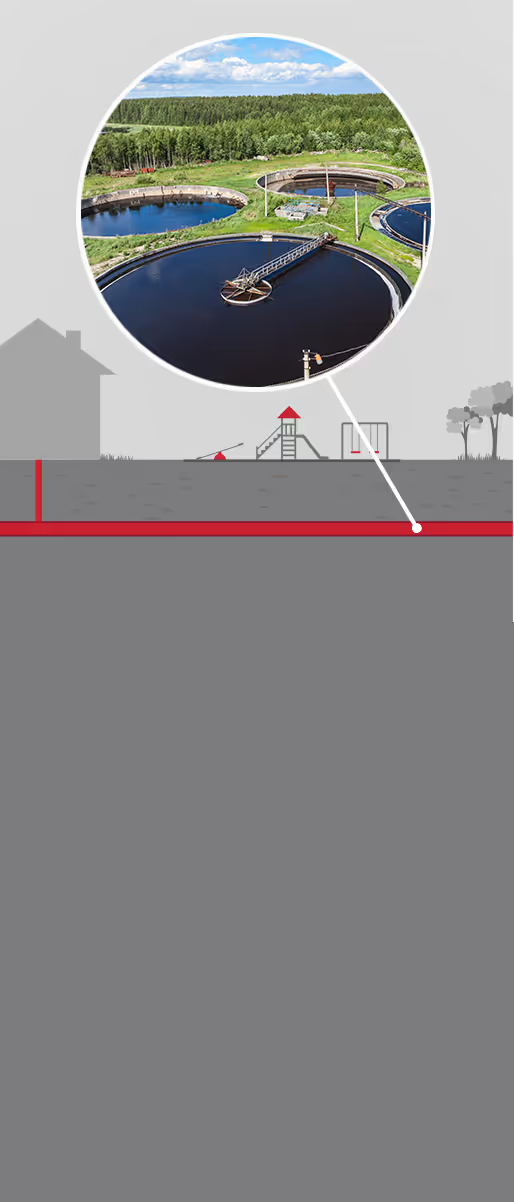
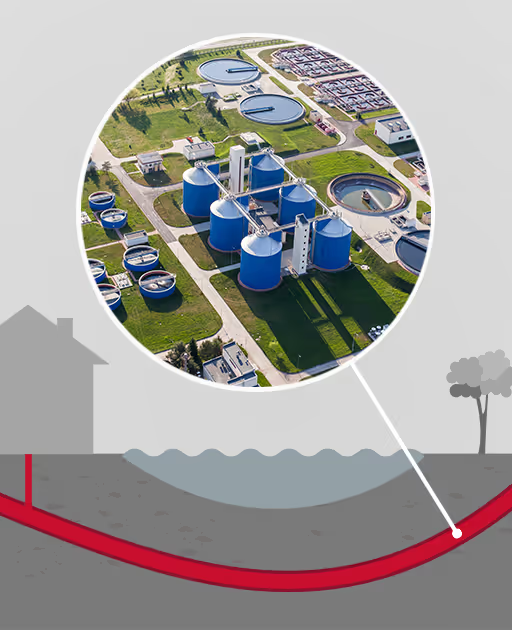
SEWAGE
With trenchless construction, sewer lines can be installed or replaced without major intrusion to your property. This allows for the establishment of a functioning plumbing and sewer system that transports wastewater from our homes to treatment facilities.
Fun Fact 1: The largest volumes of sewage typically occur in April as spring melt and storm water seeps into the collection systems or is collected with sewage in combined sewers.
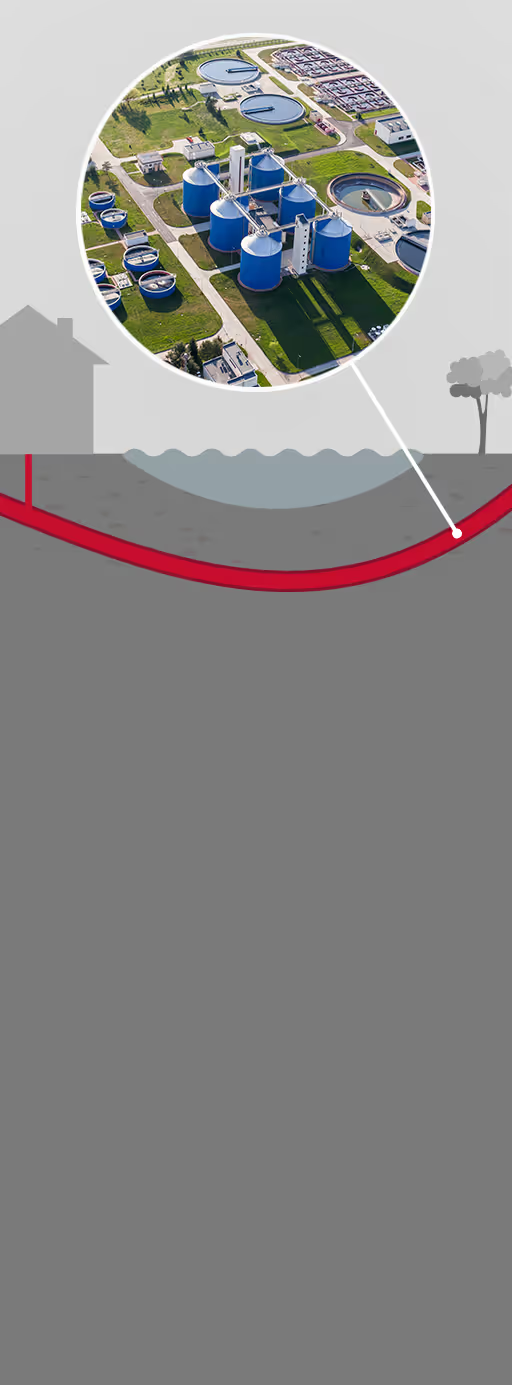
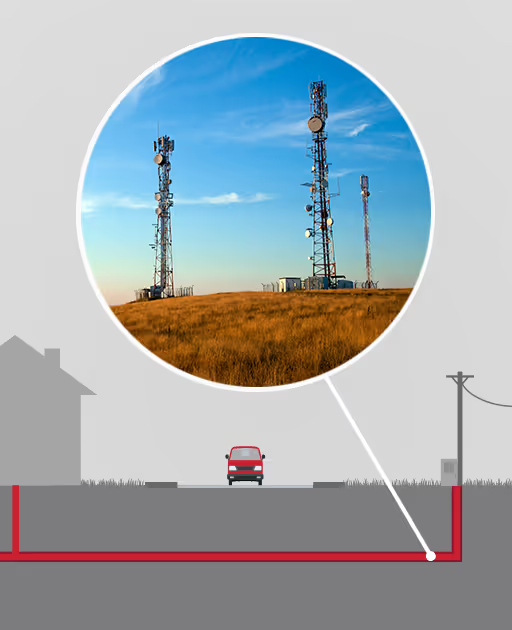
CABLE, PHONE & INTERNET
Trenchless technology methods like horizontal directional drilling help install fibre optic cables and create fibre optic networks in a safer and faster manner. As a result, we are able to have access to services like cable, Wi-Fi, or telephones for long-distance telecommunications and high-speed data connections.
Fun Fact 1: More than half of homes no longer use a landline, as many people primarily rely on cell phones and wireless communications.
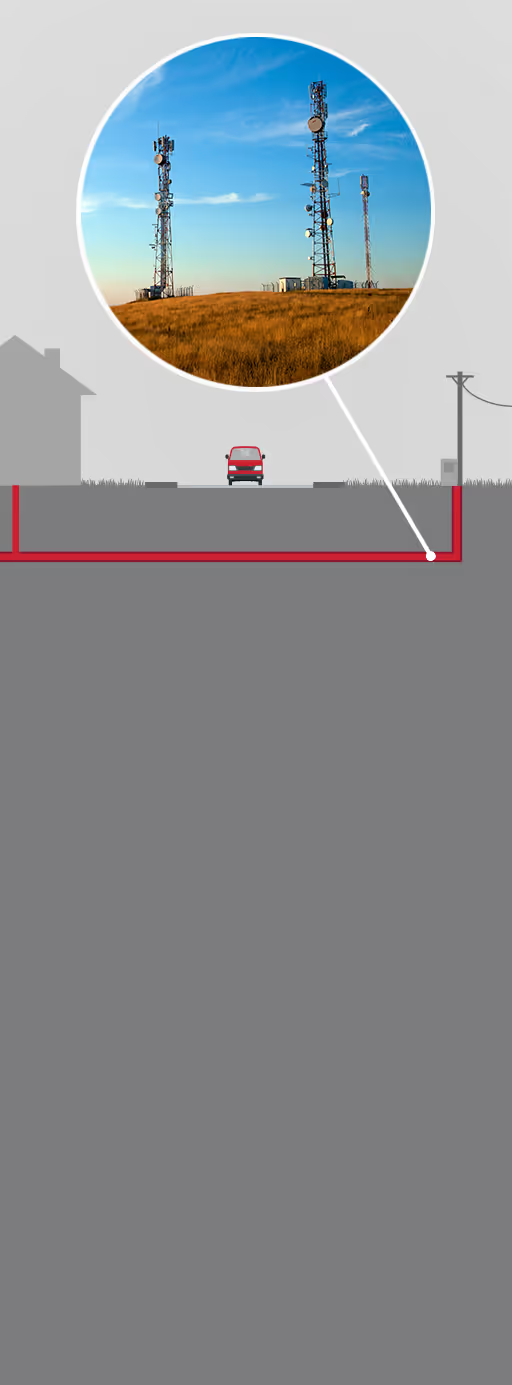
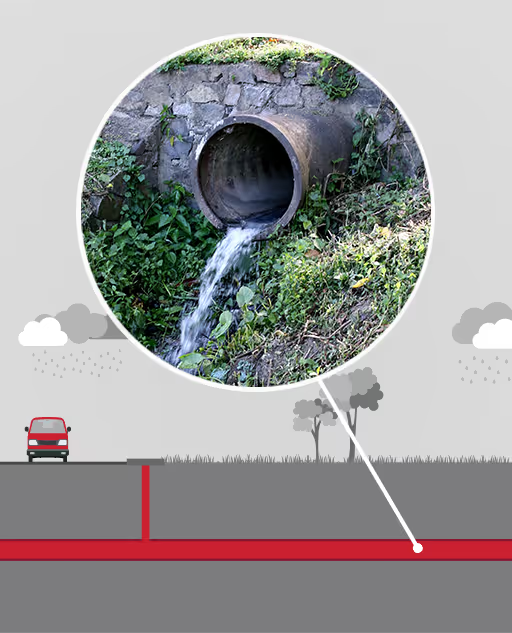
STORM SEWERS
Storm sewers are conveniently installed, repaired and cleaned using trenchless methods like guided boring. These sewer networks are essential infrastructure that collect excess rainwater and melting snow from your property and redirect it back to a city-wide drainage system.
Fun Fact 1: By running water off private property, sidewalks and roads, storm drains play a crucial part in flood prevention – helping us stay safe in the winter season.
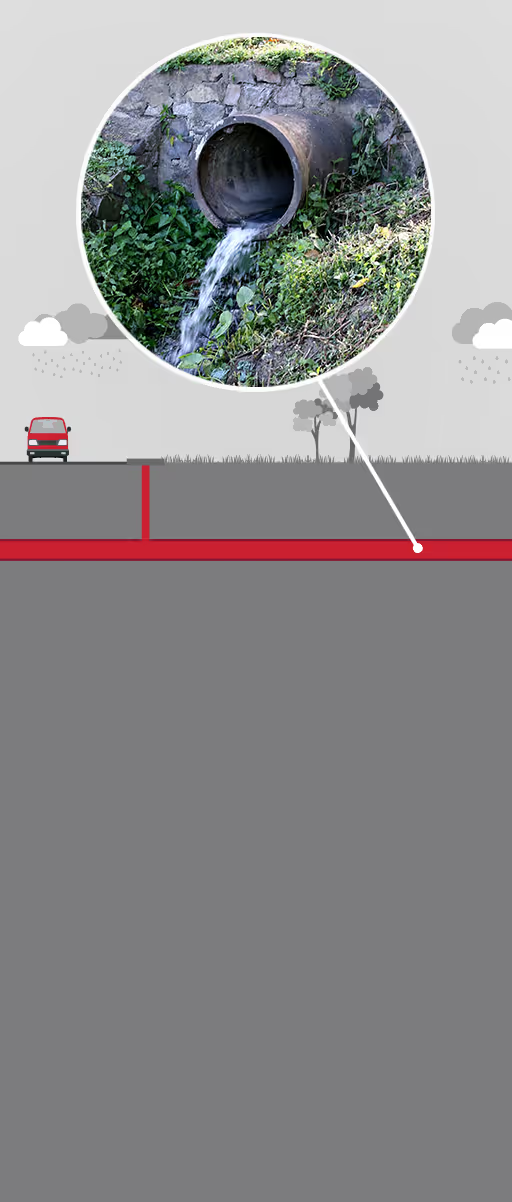
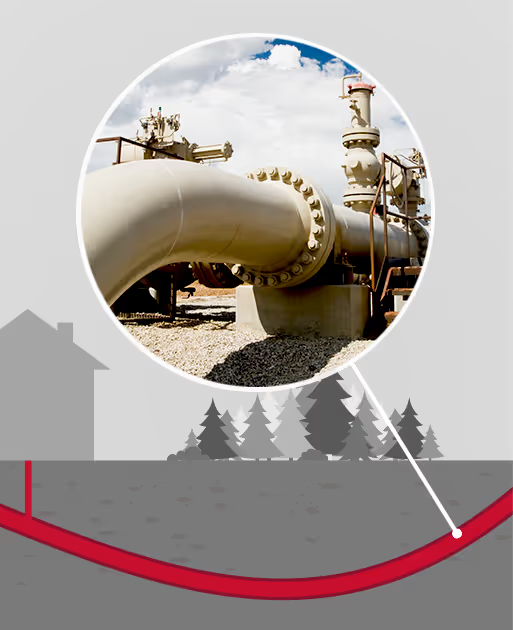
HEATING
Thanks to trenchless, we can safely transport natural gas to homes using a network of underground pipelines. This essential resource is a principal source of energy that allows us to do things like heat our homes.
Fun Fact 1: In most places, natural gas is the cheapest and most stable source of energy for home heating.
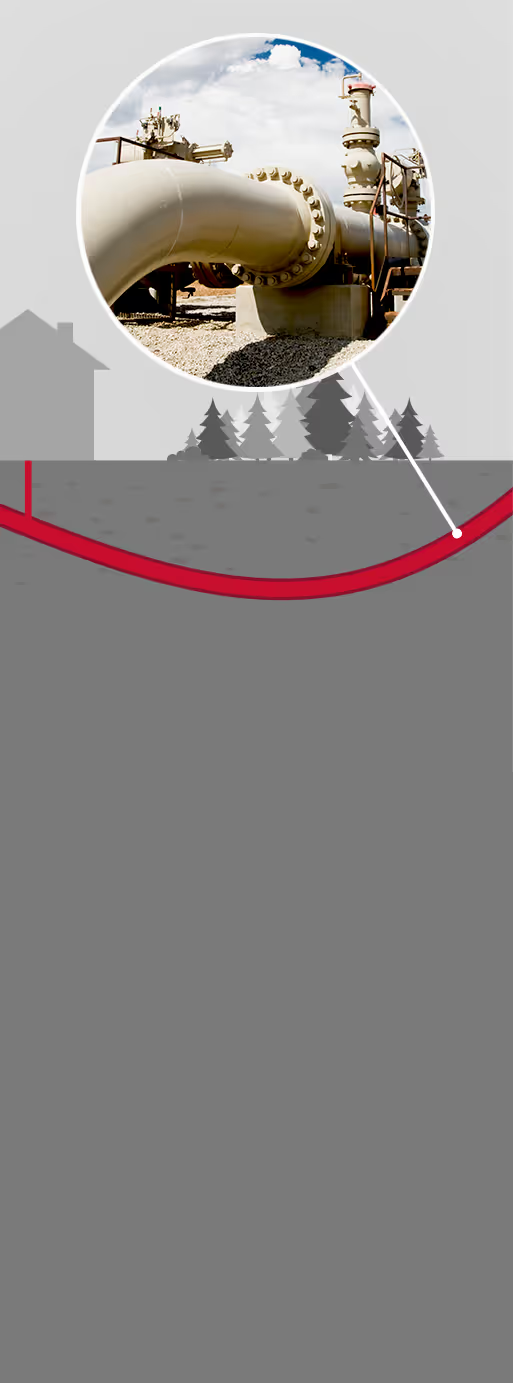
When you don't see something, it's not easy to think about.
One of the reasons we give little thought to these utilities is that they are delivered through a network of underground pipelines and conduits. This network of lines brings the utilities from the point of extraction (oil and gas wells, water reservoirs, etc.) to homes and businesses.
For the most part, excavators (diggers and backhoes) dig trenches, where lines are then placed. But what happens if a line needs to go under a busy highway or railway tracks? What if you encounter a river or body of water? What about an environmentally sensitive area?
To some they are obstacles. To us they are crossings.

That's when you call in the trenchless construction experts.
Imagine if we had to close down a road, freeway, rail system, active utility lines or parkland every time we needed to install or repair a pipeline running underneath! Fortunately, trenchless construction allows us to safely install utility lines with minimal disruption to the public or the environment.
Basically, trenchless construction creates underground tunnels that are slightly larger than the line that is to be installed. The pipeline or conduit is then placed within these tunnels, while the surface remains unaffected.
LESS PUBLIC INCONVENIENCE
Roadways, utilities and rail lines can continue operating throughout installation.
SAFE INSTALLATION
Trenchless construction will not affect the structure or integrity of roads, highways, intersecting utilities or water bodies. Pipelines are installed at a safe distance below the surface, calculated for maximum protection.
REDUCED COSTS
The cost of shutting down of existing utility services and transportation routes can be prohibitive and impractical. As could the risk of a spill that occurred by laying a pipeline across the bottom of a river or lake. Trenchless construction provides a safe and efficient solution to both challenges.
ACCURACY
Trenchless construction allows lines to be installed with a remarkable degree of accuracy, even over great distances.
